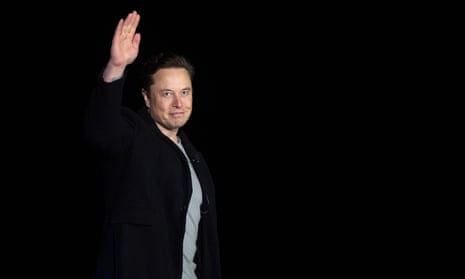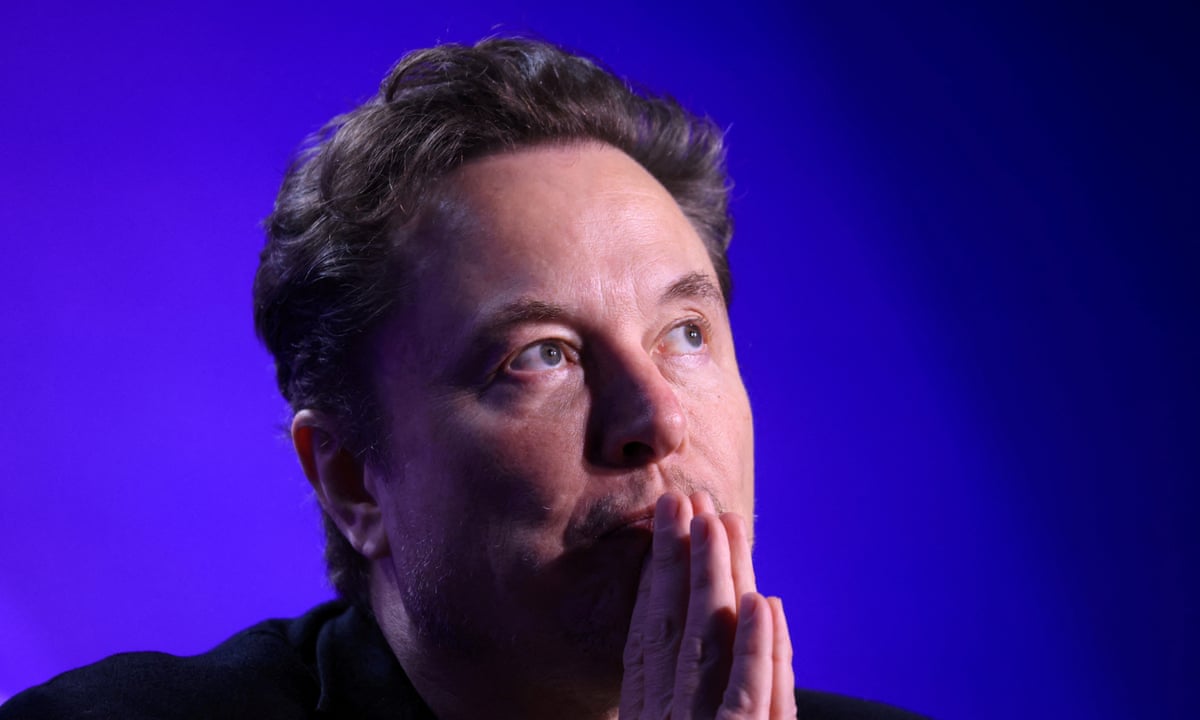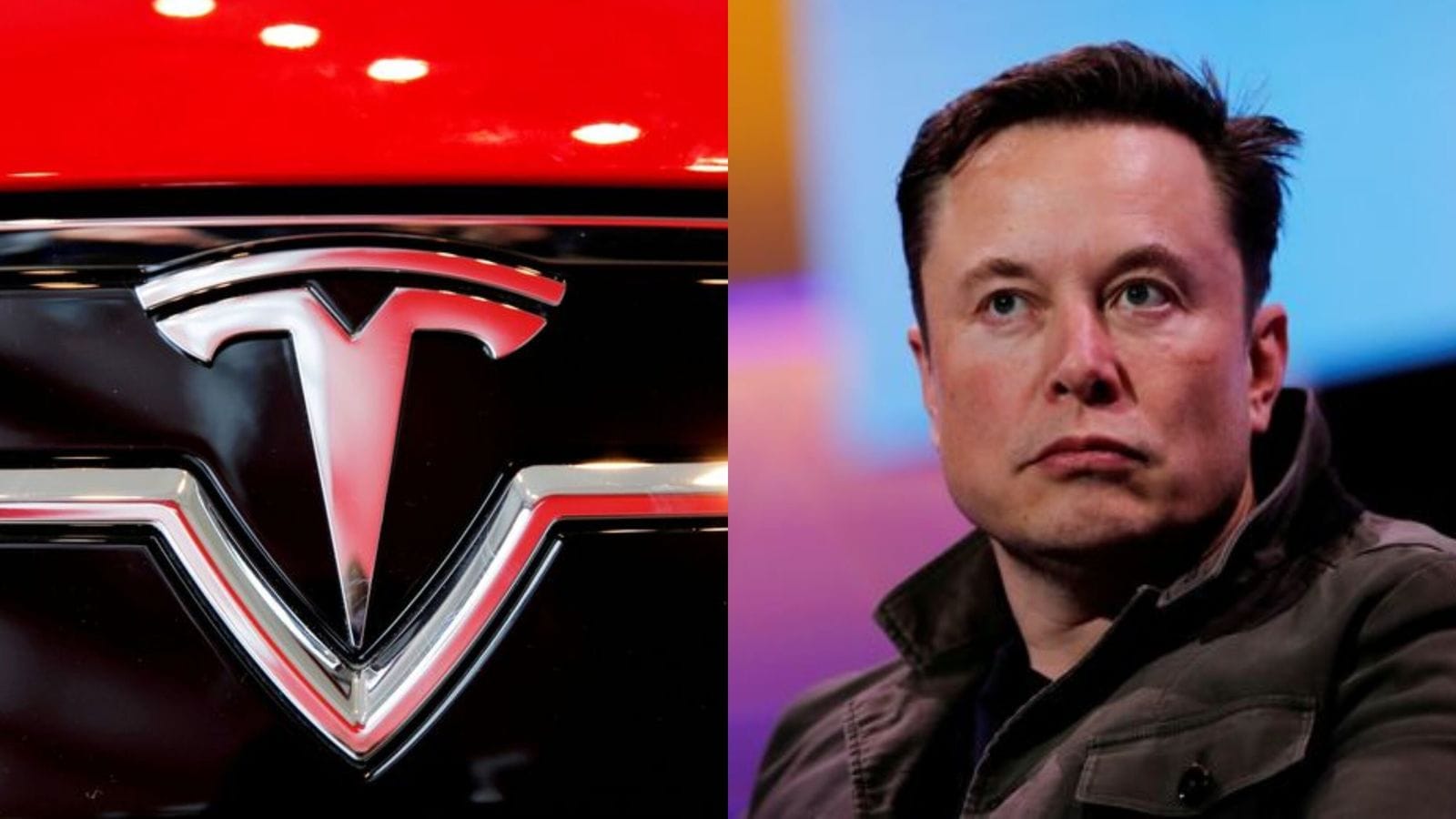Tesla CEO Elon Musk has recently teased a series of sweeping updates across the company’s software, hardware, and business model — and these announcements, if delivered, could reshape not only Tesla’s trajectory but the broader automotive and AI landscape. The scope is ambitious: a new generation of Full Self‑Driving software, advanced AI integration (Grok), expansion of robotaxi service, and a pivot toward robotics (Optimus). Yet, in Musk’s world, the line between vision and overpromise is thin. This investigation explores what’s known, what remains uncertain, and what each piece might mean for Tesla’s future.
What Musk Has Announced (So Far)
Full Self‑Driving (FSD) V14: “Sentient” Driving
In September 2025, Musk shared on X (Twitter) that FSD Version 14.0 would enter “early wide release” soon, followed in quick succession by versions 14.1 and 14.2. He claimed that by V14.2, the car would feel “almost like it is a sentient being.”

The update is being built with roughly a10× increase in neural network parameters (i.e. much more complex, larger model capacity) and improvements in video compression and model efficiency are also teased.
One explicit aim: reduce or eliminate driver “nags” (prompts to regrip steering wheel) — a frequent user complaint under current FSD.
Grok AI Integration in Tesla Vehicles
Musk has also promised a Grok chatbot integration into Tesla cars (available to FSD subscribers). The idea is to give Tesla vehicles a conversational AI assistant built on Musk’s xAI models.
He indicated that the rollout would happen “next week” (in public messaging), signaling this could be among the first non‑driving software features to deepen the AI ecosystem inside Tesla cars.

Robotaxi Expansion & Regulatory Moves
Tesla has recently secured approval in Arizona to test autonomous robotaxi operations (still with safety monitors) in the Phoenix area.
Musk has also publicly vowed to deploy hundreds of thousands of fully autonomous Teslas on U.S. roads by the end of 2026.
However, internal messages leaked via Reuters suggest that Tesla’s communications around robotaxi deployment — particularly in San Francisco — may have misled regulators by conflating advanced driver‑assistance software with true autonomy.
Optimus & the Shift Toward Robotics
Musk has repeatedly asserted that Tesla’s Optimus humanoid robot will be central to the company’s long-term valuation — claiming up to 80% of Tesla’s future value may derive from robotics rather than cars.
This is a foundational pivot: rather than merely an electric car company, Musk is betting that Tesla will become a robotics/AI powerhouse. If that shift succeeds, vehicle updates are just the tip of the iceberg.

Battery / Energy Storage: Megablock & Megapack Evolutions
Tesla’s energy storage arm is not being ignored. The company recently announced a Megablock concept — essentially clustering up to 4 Megapacks version 3 into a 20 MWh unit, integrating transformer and switchgear. These will be produced at a planned facility in Houston.
This is a notable move to scale grid storage capacity and reduce system complexity for utility customers.
Parsing the Claims: What Seems Plausible vs. What Raises Doubt
What Seems More Likely / Grounded
Tesla has consistently released FSD updates, often with incremental enhancements. Musk’s promise of V14 with a bigger model (10× parameters) is ambitious but not implausible given Tesla’s trajectory in neural network scaling.

Grok integration is a natural extension of Musk’s efforts to tie Tesla, xAI, and his broader AI ambitions into a unified ecosystem.
Robotaxi expansion is already underway in limited form (e.g. in Arizona) and Musk has long signaled this as a future revenue pillar.
The Megablock initiative aligns with Tesla’s push toward large-scale energy infrastructure and may help Tesla win utility contracts.
The strategic shift toward robotics has been part of Musk’s narrative for years — Optimus has been previewed repeatedly, and continued investment isn’t surprising.
What Raises Skepticism or Requires Scrutiny
Sentient” FSD: The language is almost poetic — promising feelings or sentience in a car is marketing hyperbole. Whether FSD V14 will materially cross thresholds of autonomy beyond advanced driver-assist remains to be proven.
The jump from “nag reduction” to near full autonomy in short order risks overpromising. The path from Level 2/3 to Level 4/5 autonomy has proven enormously difficult technologically, legally, and regulatorily.

Grok in the car is appealing — but latency, compute constraints, privacy, and safety will be major challenges. How much of the AI will run locally vs. cloud is not clear.
Deploying truly driverless robotaxis at scale (i.e. no safety monitors) remains blocked in many jurisdictions; Tesla’s past statements and regulatory push has sometimes outpaced its actual legal standing. The San Francisco messaging confusion hints at this tension.
The Optimus vision is bold — but robotics is notoriously harder, slower, and more capital-intensive than comparative software or automotive scale. The 80% value-from-robotics claim is speculative.
Battery / Megablock is interesting, but scaling reliably without cost overruns, supply chain constraints, permitting, and integration issues is nontrivial.
Potential Business & Market Impacts
If Tesla successfully executes parts of this “massive update,” the effects could be as follows:
Competitive edge in autonomy: A successful FSD 14 rollout could widen the lead over rivals (Waymo, Cruise, etc.). Tesla could claim a stronger moat in software-defined autos.
New revenue streams: Robotaxi fleets, AI subscriptions (Grok/AI features), and energy storage products could reduce dependence on car sales.

Valuation narrative shift: Investors may increasingly value Tesla as a robotics/AI company rather than just an EV maker — which is exactly how Musk pitches it.
Regulatory scrutiny & risk: The more aggressively Tesla claims autonomy, the more regulators, safety advocates, and courts will scrutinize crash data, classifications, and marketing claims. Tesla has already had historic issues with NHTSA investigations over FSD-related accidents.

Integration and brand lock-in: Grok in Tesla cars ties users more tightly into Musk’s ecosystem. If Tesla becomes “smart, autonomous, conversational,” it could raise switching costs.
Execution risk & credibility: Musk’s track record of missing timelines is well known. If these promised updates (e.g. robotaxi scale, “sentient” FSD) don’t materialize on schedule or with promised capabilities, Tesla’s credibility could take a hit.
Data, validation & safetyMore complex models risk overfitting, unexpected failure modes, or hallucinations in edge scenarios. The broader the system is rolled out, the more “real world” stress it faces (weather, unexpected obstacles).
Public perception and trust
Any high-profile misstep (e.g. accident, software glitch, wrongful sudden braking) can erode trust and invite litigation or regulation backlash.

Ambition vs executionMusk is known for setting sky-high goals. The gap between aim and delivery is often filled with delays. Delivering pieces gradually, with clear measurable progress, is critical to sustain investor confidence.
Timeline & What to Watch Next
Here’s what to monitor in coming months to judge whether Musk’s “massive update” is real or just rhetoric:
Public rollout of FSD V14 (Version 14.0 / 14.1 / 14.2)Watch Tesla release notes, user forums, safety reports, crash data, feature reveal.
Grok integration in TeslasWhich car models and markets get it first? How well does it work (latency, reliability)?
Robotaxi expansion announcements / trialsNew cities, regulatory approvals, safety monitor removals, fleet scaling.
Optimus progress and prototypesAny visible robots in production use or public deployment will test Musk’s high claims.
Energy / Megablock deploymentsContracts won, installations done, realized capacity.

Regulatory actionsNHTSA investigations, state-level pushback, class actions tied to autonomy claims.
Financial disclosures & investor filingsHow much capex, R&D, margins shift? How Tesla allocates resources among EV, AI, robots, storage.

Conclusion
Elon Musk’s recent wave of Tesla updates is quintessential Musk: bold, sweeping, visionary — but accompanied by a high degree of uncertainty. The promises of a “sentient” FSD, robotaxi fleets, Grok AI inside cars, and a pivot to robotics show the height of ambition. But turning all of this into commercial, safely operating, regulatory-compliant reality is another matter entirely. If even half these updates land as promised, Tesla could redefine the auto, mobility, and robotics industries. But if execution lags or expectations overshoot reality too far, this could be a turning point for public faith in Musk’s proclamations.



Leave a Reply